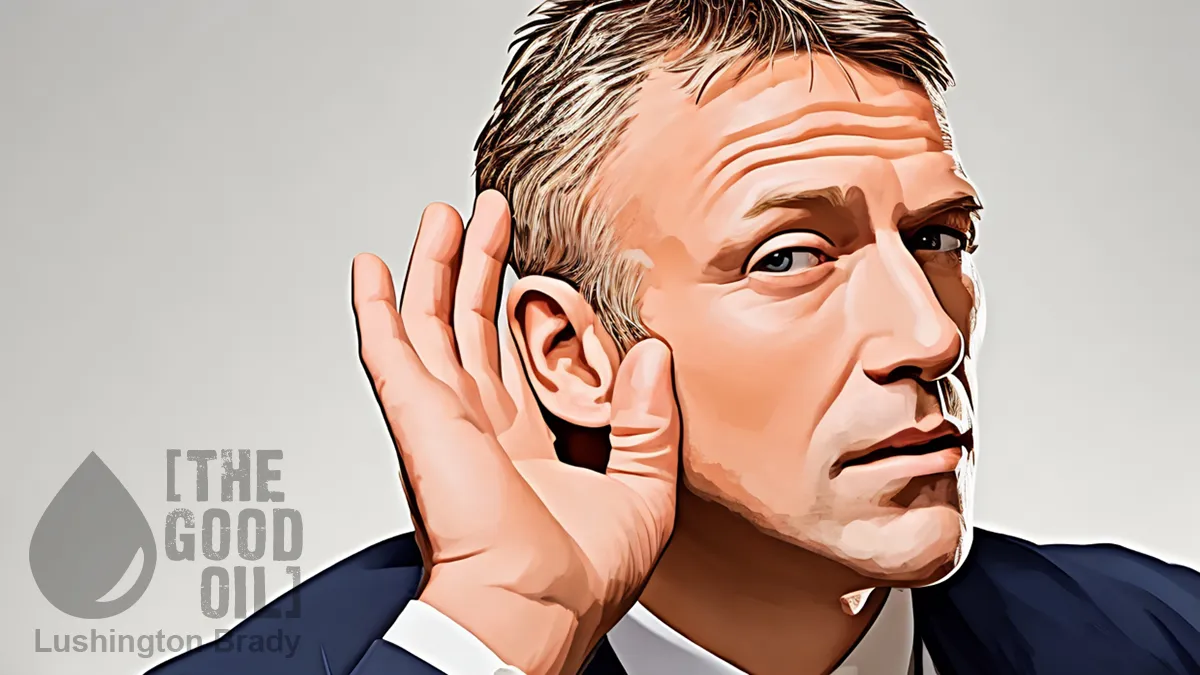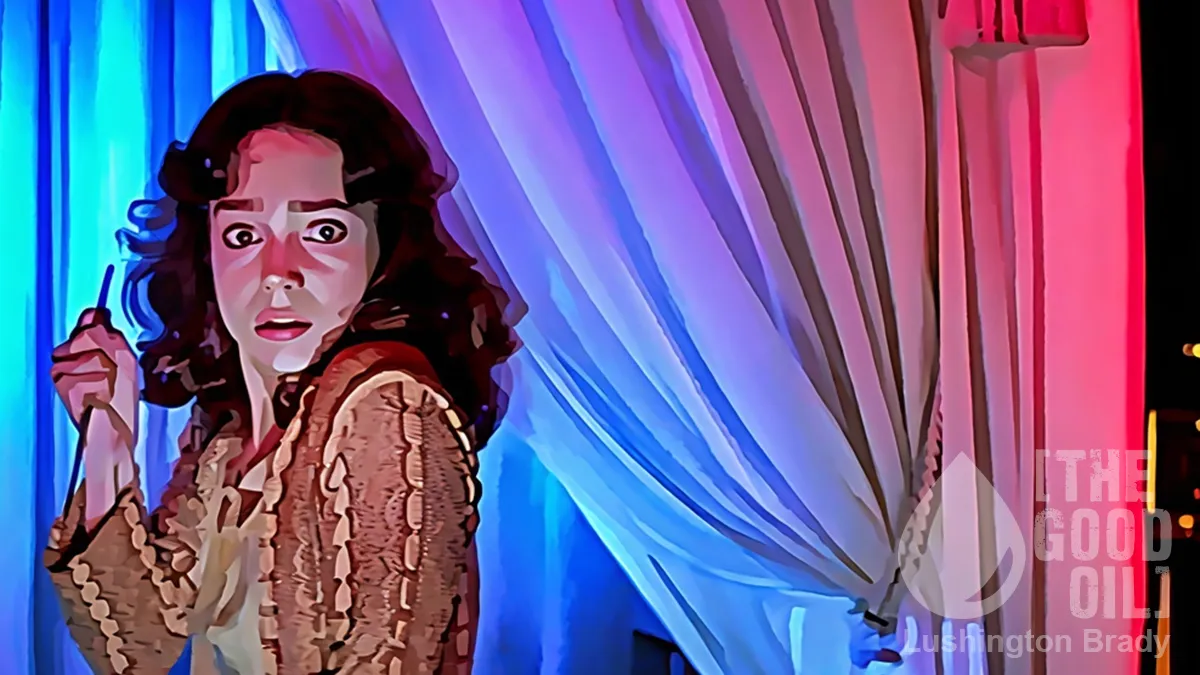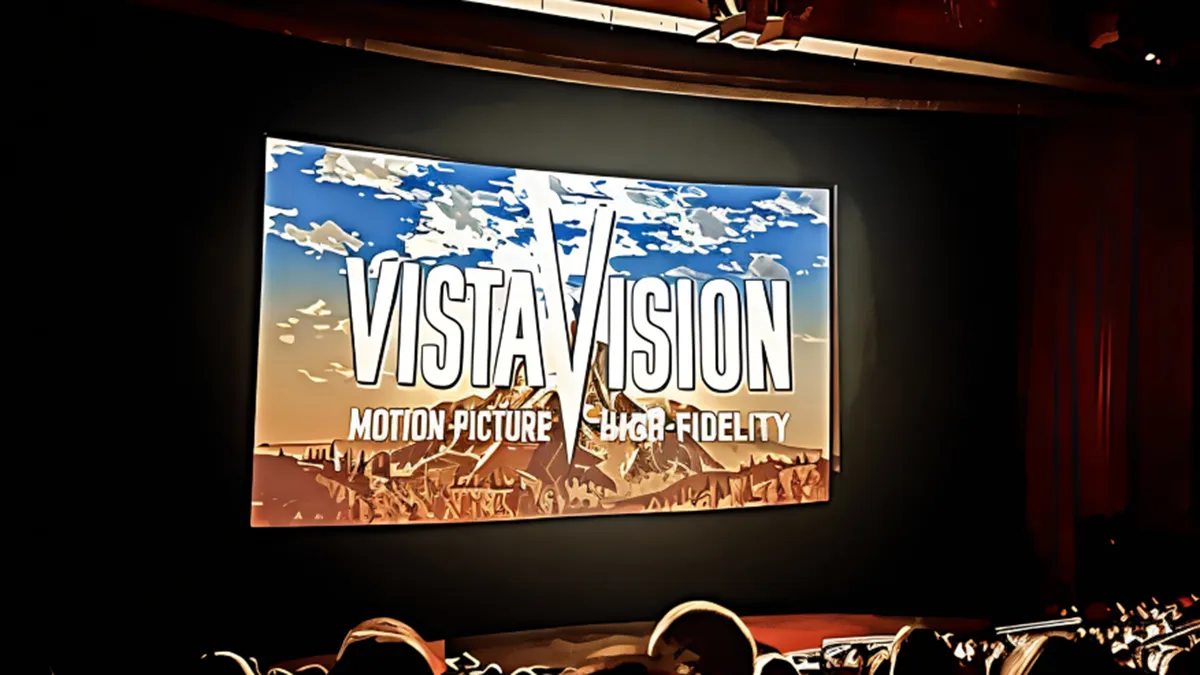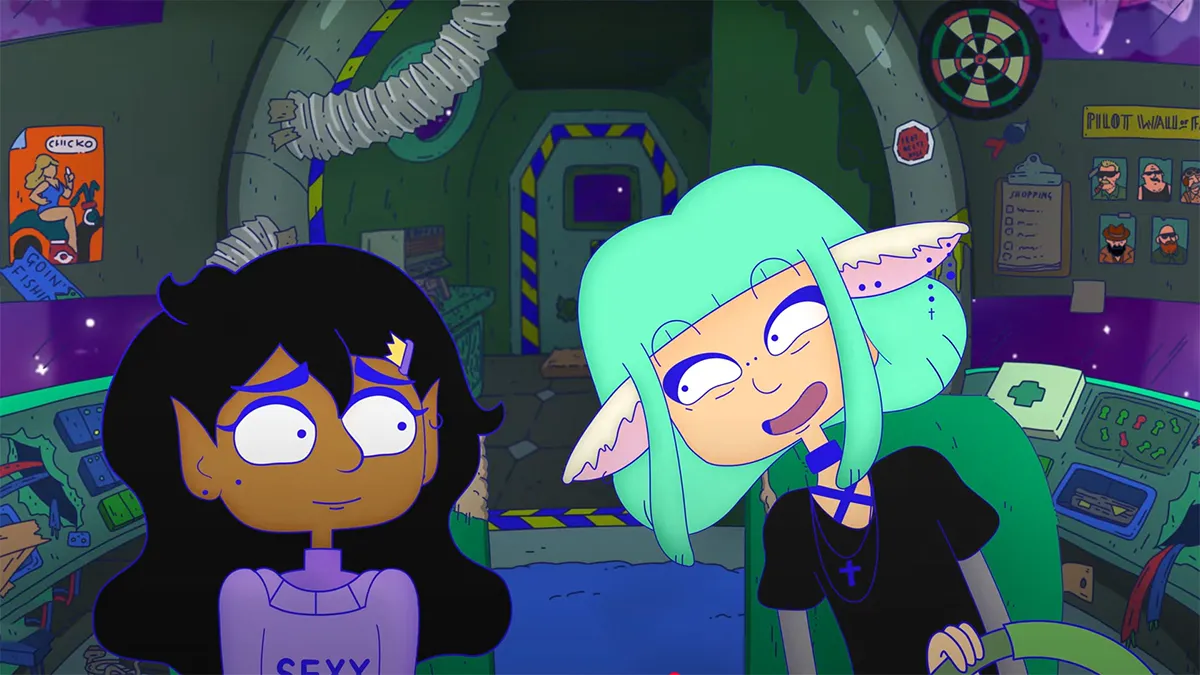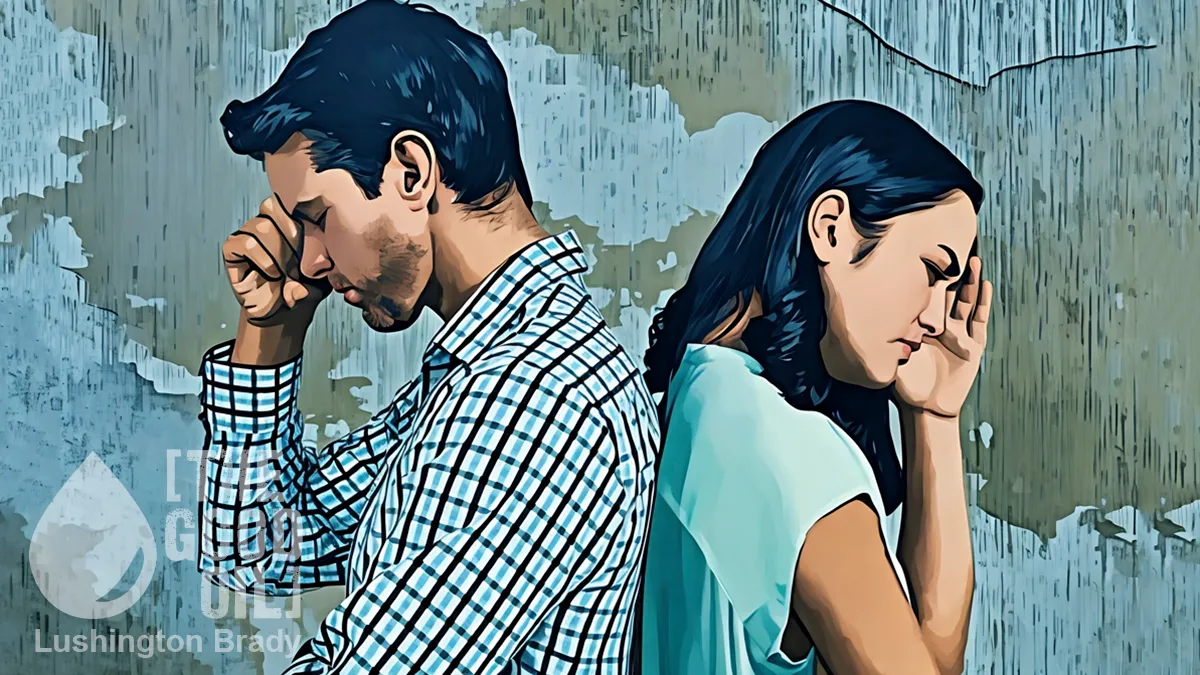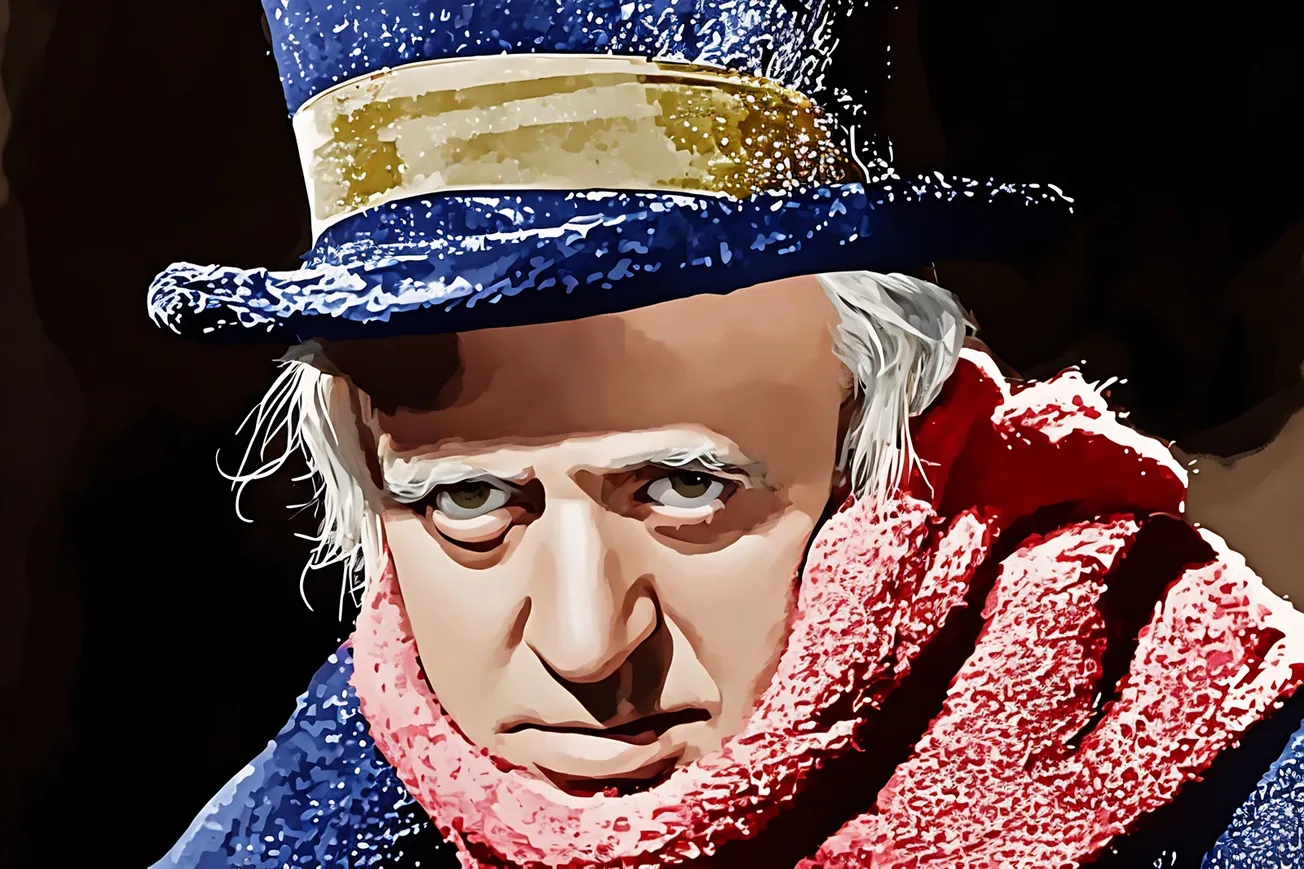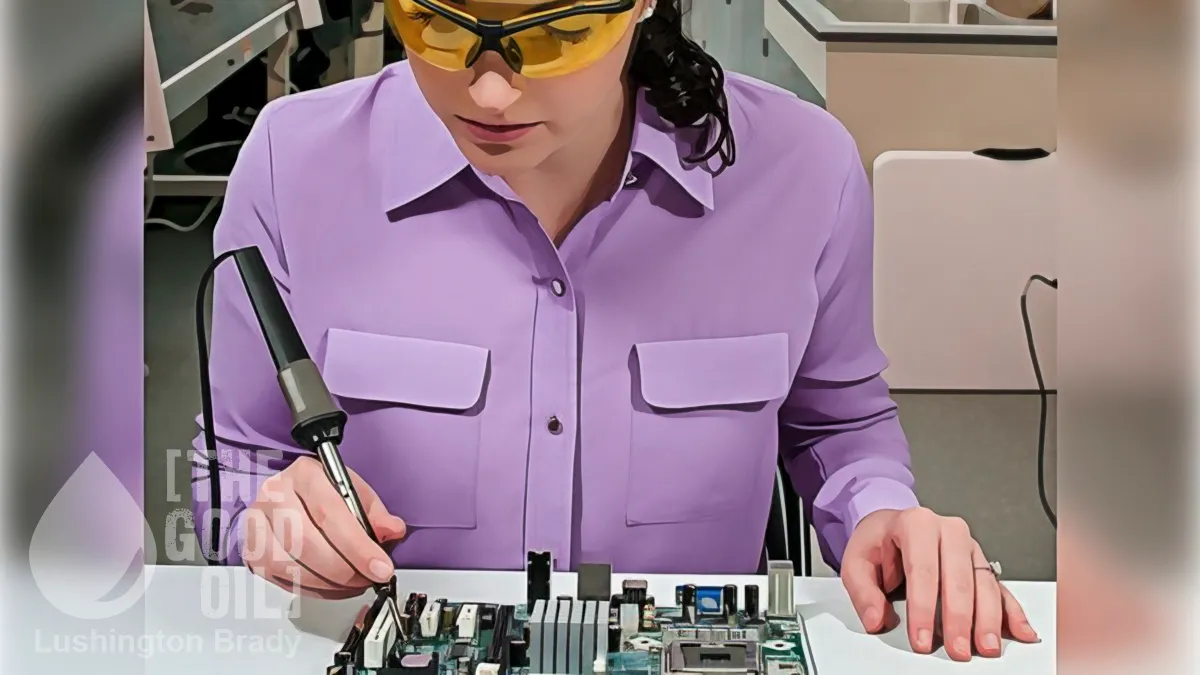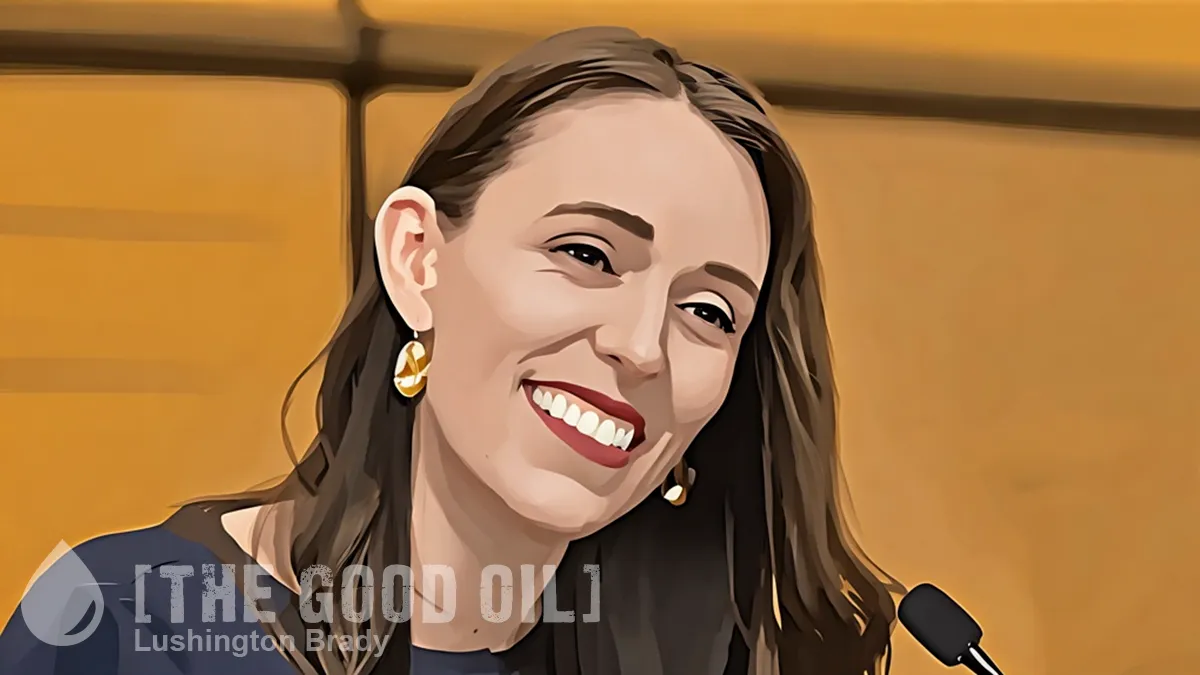They just don’t light movies like they used to and not for the better. In the 1970s, especially, directors weren’t afraid of darkness: watch Apocalypse Now or Blade Runner. Entire scenes are largely black. Then compare that to, say, The Lord of the Rings movies: every scene is lit to within an inch of its life. The Mines of Moria (literally ‘the Black Pit’) are at best a subdued grey. The night siege of Helm’s Deep is in various shades of blue where nothing can’t be seen.
When it comes to sound, though, modern films are just awful. We’ve all had the same experience: turning up the volume in a vain effort to hear just what the actors are mumbling, only to be blasted off our seats by the music and sound effects.
You probably put it down to age and deafness, but it’s not. Instead, it’s a fundamental shift in the way Hollywood approaches sound. You ain’t heard nothin’ yet? You can’t hear anything now.
The earliest movies were, of course, silent. Then, in 1927, The Jazz Singer changed everything.
Here’s the thing: early sound recording was very primitive. Actors literally had to speak directly into these big old tin cans… they didn’t have anything like [shotgun mics], it was a huge tin can and they had to speak directly into it. That means that everything was recorded live on set with no real way to adjust it later. So they really had to make sure that everything was crystal clear and dialogue was the priority.
Fast forward to the Golden Age of Hollywood, I’m meaning like the 1940s and 1950s, that’s how it all began. This is where things actually got a little bit better. Movies were actually mixed, with a simple but effective rule: dialogue always sits at the front.
Sound designers actually knew that if audiences couldn’t hear what was being said, they wouldn’t understand the story. And since theaters had either mono or stereo speakers everything was actually mixed for clarity.
Then came the 1970s and George Lucas and Steven Spielberg changing everything. Spielberg, with Jaws, invented the summer blockbuster that opened simultaneously in a million theatres on the same day.
George Lucas infantilised storytelling and made everything about selling toys. And he changed cinema sound, too.
New speakers and sound systems replaced the old, simple, stereo systems. Sensurround was a first try, but ended up being a brief novelty. By 1983, Lucas’ THX and then Dolby Surround changed everything.
We got surround sound, we got more speakers and theaters, which meant more complex soundscapes. For example, Star Wars pushed sound design to this whole new level. Dialogue wasn’t just sitting front and center, it had to compete with the music, the sound effects and the ambient noise in the background.
That’s when Hollywood started chasing immersion. They wanted audiences to feel like they were inside the movies. Instead of keeping dialogue crisp and clear, they started blending it into the background making it feel like it’s real life.
Which was fine enough at first, at least in theatres with big surround systems that could separate the voices from the rest of the sound. But, similar to the ‘Loudness Wars’, where sound engineers mixed everything to sound better on cheap iPod speakers, Hollywood kept pushing the ‘immersion’ of sound.
Then, in the 2000s, digital film making took over.
That meant dialogue was no longer recorded and mixed the same way. Instead of carefully balancing sound, they started experimenting, and they added more layers, and more effects, and more bass, and more reverb. The result’s, well, more immersive soundscapes… but dialogue became just another element in the chaos.
Freed from the burden of having to make themselves understood and project their voices, actors took to muttering and mumbling. Hey, we can always fix it in post production.
Back in the day, actors had to project their voices. They literally had to: theaters didn’t have surround sound. So they spoke clearly, loudly, and they enunciated every single word. But today we have actors who whisper, they mutter, they trail off. Everything is about this naturalism.
Which is kind of stupid, really, because movies aren’t real. Nobody talks like scriptwriters write. Not in the real world. Case in point: for the transcript of the original video I’ve quoted, I’ve had to edit out a ton of like, right and and and other conversational fillers that real people use when they really talk. If you wrote a script like that, it would be terrible.
So is actors mumbling and whispering.
Let’s take Christopher Nolan for, example. I love him, he’s a great great director […] let’s take one of his films, The Dark Knight Rises. People are actually still talking about how hard it was to understand [Bane]. Now don’t get me wrong, Tom Hardy, he was a great actor, he’s a phenomenal actor, but in this character his voice was muffled and it was deep and it was distorted, and it was so hard to understand him. The worst thing of it, it wasn’t fixed in post. Christopher Nolan, he left it as a choice. He left it that way because he wanted it to sound ‘real’.
Hollywood being nothing if not slavish followers, more and more directors are following suit. The only problem is that fewer and fewer people are watching movies in theatres any more. They’re watching at home. Hollywood is acting as if they’re not.
Hollywood isn’t mixing movies for home viewing and here’s why that is actually a huge problem. Because movies today are still being mixed for massive surround sound systems, but most people are watching watching on either a flat screen TV, your phone, your laptop. And all these devices actually have very bad speakers.
Let’s take a TV, for example. TV speakers are small, they’re thin, and they usually actually face the wrong way: they’re either pointing downward or they’re pointing backwards against the back wall instead of directly at you. That means that the sound itself is bouncing off walls. It’s getting lost in the room.
Streaming is compounding the problem even further.
My movie-buff son makes a point of buying movies he likes on 4K disc. Not just because that means it can’t vanish or get bowdlerised at the whim of the streaming service, but because the visual quality is so much better. Watch, say, Apocalypse Now on disc and on streaming and it’s obvious.
This is because streaming services have to compress video and audio to save bandwidth.
So even if a movie was mixed well, by the time it gets to your screen it’s been squeezed, it’s been flattened, and it’s making dialogue even harder to hear.
It’s got so bad that many people are watching movies with subtitles on by default. Some TVs have audio settings to enhance dialogue, but you can only make a pig’s ear look so much like a silk purse.
Unless Hollywood gets its act together and knocks directors and actors’ heads together and tells them to SPEAK UP! fewer and fewer than ever will bother straining to understand what the hell they’re talking about.

